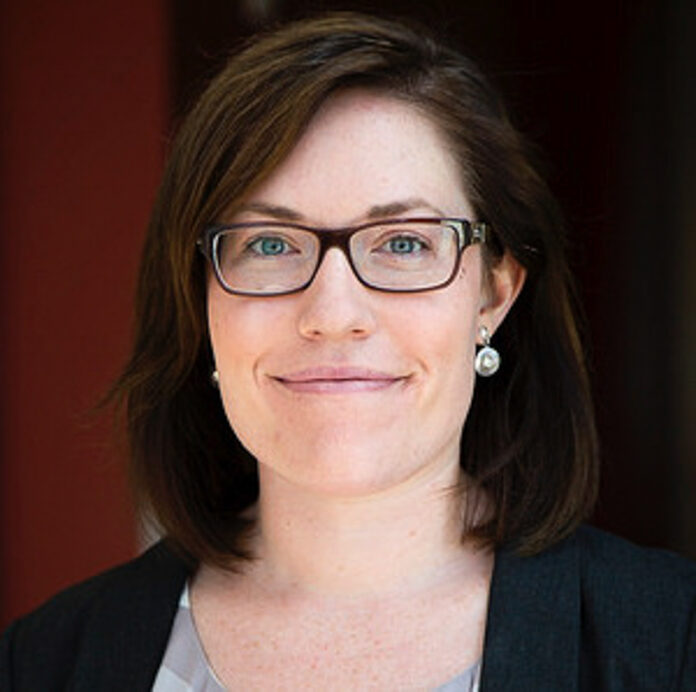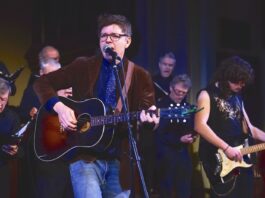
At Carleton University’s APEX Research Lab, Kristen Schell is developing more accurate predictions of renewable energy availability and their integration into electric grid models. Schell’s research aims to allow wind and solar power to play a bigger role in the transition to renewable energy and the mitigation of climate change.
The Charlatan sat down with Schell to learn more about the scope and impact of her research.
The Charlatan (TC): What do you research?
Kristen Schell (KS): We look broadly at a lot of different new energy technologies and how those can help us to get to net-zero energy in Canada. We’re trying to decarbonize the electric grid to mitigate climate change.
Most of the research I work on is computational modelling in the field of mathematical programming and machine learning.
TC: What about this research field appeals to you?
KS: One advantage is that you can model the electric grid without real-time testing—it’s too big of a system to test, and we can have research results based on the models that we do. The other aspect of mathematical modelling is demonstrating how net-zero policy impacts the evolution of the grid.
A big barrier to implementing renewable energy in the real world is community reluctance, but we can incorporate community preferences into the model to avoid these conflicts. We can design a system that respects people’s wishes, but also achieves net-zero.
TC: You have also been formulating new ways of predicting the availability of renewable energy resources. How does that factor into your energy grid modelling?
KS: With an electricity grid, you need to balance supply and demand in real time. Wind and solar are unpredictable sources and out of our control. We’re working on modelling that data. When we have a good model of wind power output, we incorporate it into the larger energy system model to have a better idea of when wind can be used in the grid.
TC: You mentioned briefly the challenges of both forecasting the availability of these renewable sources and having all the data you need to model the energy grid. What are those challenges? Why is this data so hard to find?
KS: The best data is real-world data. Wind power is affected by air pressure, temperature, humidity and other factors. When you develop a wind farm, you put up a meteorological tower at the site that you’re interested in to collect real-world data at different levels in the atmosphere.
But for most places we need to develop wind energy, we don’t have meteorological tower data. We have to rely on large computational models used in weather forecasting, called numerical weather prediction models. They are based on what we know of the physics of the atmosphere, but that data has a lot of errors.
TC: What impact will better energy forecasts and models have on our transition from carbon and gas toward renewable energy resources?
KS: Eventually, we hope that the impact will result in a higher integration of renewable energy into the electricity grid so that we can lower environmental impact and achieve net zero.
Current electricity system operators downgrade the capacity of wind because of variability. They are not utilizing all of the existing wind power contained in the system. So, we’re hoping that improved prediction modelling will maximize the use of what we already have installed.
TC: Why is it that we are not using all of the renewable energy we have available to us?
KS: Most of it has to do with forecast inaccuracy. Twenty-four hours before energy is needed, a system operator knows a wind or solar farm might only generate 20 per cent of the energy they claim to produce. In order to make 100 per cent reliable decisions, operators downgrade to the amount of energy they predict will be produced from the generator.
TC: So, it’s a way to avoid blackouts or not having enough energy to satisfy demand?
KS: Yes.
TC: How do you think these new predictions and models will contribute to the fight against climate change?
KS: Our current modelling efforts are very good at long term forecasting, and we’re only hoping to improve from here. The goal is to integrate technologies like wind and solar energy to mitigate climate change rather than displace emissions. They can get us to net zero, and if operated with other technologies, they might even be able to get us to net negative emissions.
TC: What’s next for your work and your field of research?
KS: We are working on combining renewable energy with other technologies, to do what some call “electrify everything.” We need to get our transportation system running on batteries. There is also a push to replace fossil fuels with green hydrogen and to use negative emissions technologies that capture carbon from the atmosphere. Both require a lot of energy.
We’re looking at how all of these things might fit into the grid and how to do it optimally, because we don’t have the current capacity to make everything happen.
This interview has been edited for length and clarity. Featured image provided by Kristen Schell.



